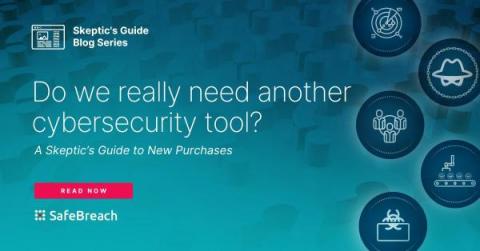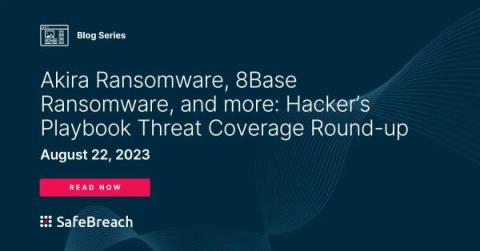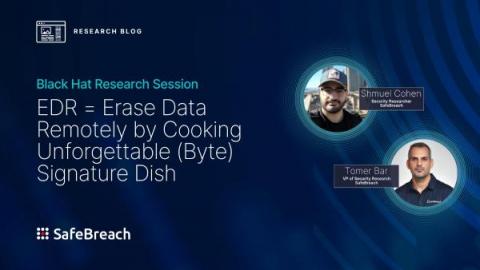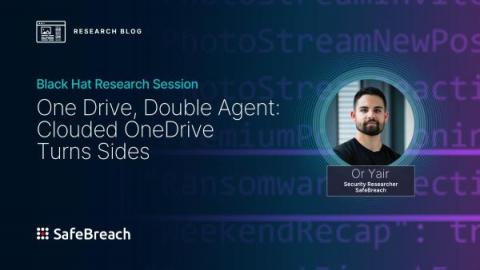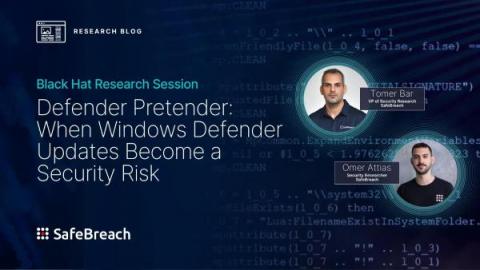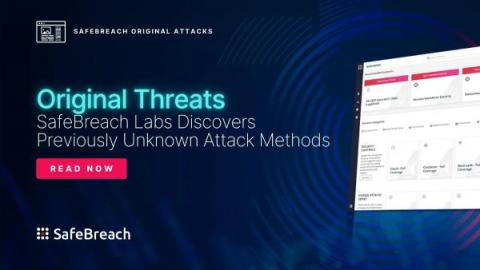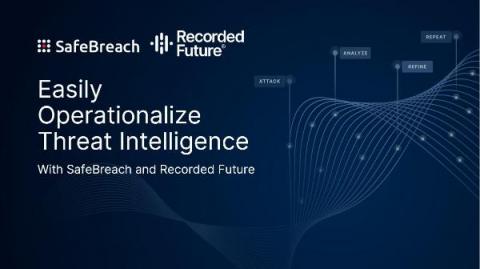Do we really need another cybersecurity tool?
Research shows many companies now own and operate more than 60 disparate security tools, yet breaches continue to make headlines. Throwing more tools at the problem is a tactic that simply doesn’t work and— with trends pointing toward tighter security budgets—may not even be possible anymore. Security leaders are now in a position that requires them to ask tough questions and carefully scrutinize new security tools before pulling the trigger on purchases.


